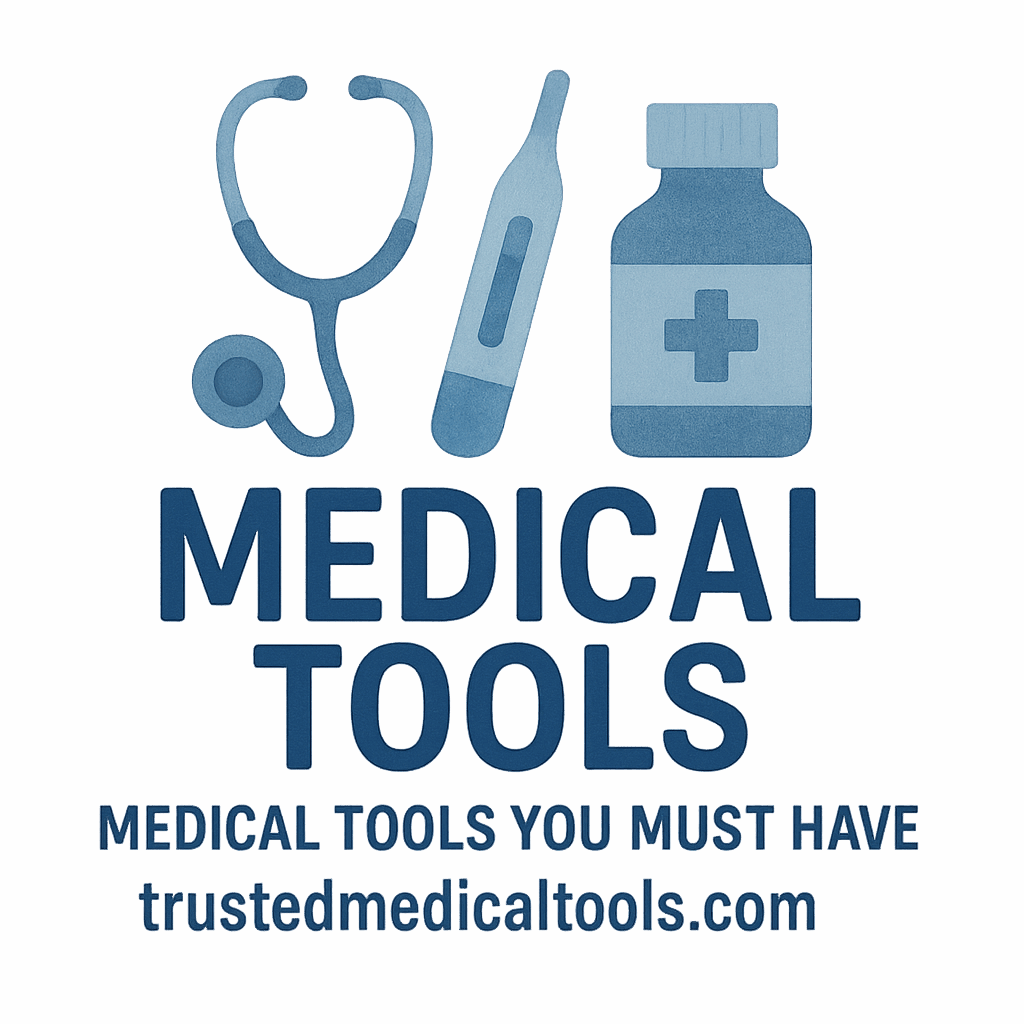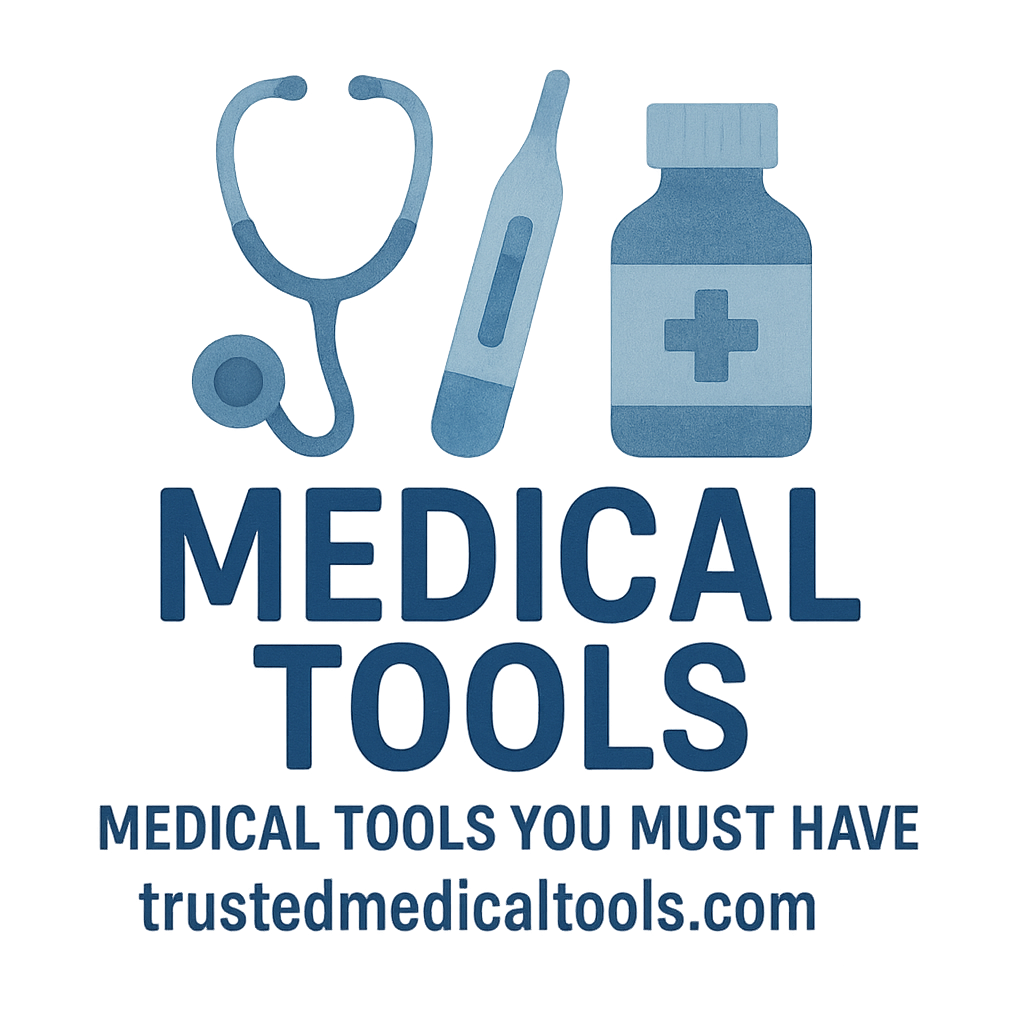Introduction to Non-Invasive Medical Tools
In today’s world, staying on top of your health is more important than ever. One of the most effective ways to do this is through non-invasive medical tools for daily monitoring. These tools offer a quick, easy, and pain-free way to track various aspects of your health, from blood pressure to heart rate, and even blood sugar levels.
Non-invasive tools are especially beneficial because they don’t require any needles, cuts, or surgical procedures. They simply allow you to monitor your body’s vital signs in the comfort of your own home. But with so many options available, it’s important to know which devices are most useful and how to choose the right ones for your needs.
If you’re looking to explore a wide range of monitoring tools, take a look at Monitoring Devices.
Why Choose Non-Invasive Monitoring?
Non-invasive monitoring tools are an essential part of modern healthcare. They allow individuals to track their health in real-time without the need for frequent doctor visits. These tools are designed to provide accurate data while being easy to use.
The Benefits of Non-Invasive Tools
- Comfortable: No need for injections, blood draws, or other invasive procedures.
- Convenient: You can monitor your health at home, saving you time and money on doctor’s visits.
- Accessible: Most non-invasive tools are affordable and easy to find.
- Preventive: Early detection of health issues can be a game-changer in preventing serious conditions.
Comparison: Non-Invasive vs. Invasive Monitoring
While invasive monitoring methods can sometimes provide more detailed results, non-invasive tools offer a more comfortable and cost-effective way to manage your health. The key difference is that invasive methods often require procedures like blood tests or injections, while non-invasive methods rely on external sensors or devices.
1. Digital Blood Pressure Monitors
One of the most common non-invasive tools for daily monitoring is the digital blood pressure monitor. These devices allow you to easily check your blood pressure at home, which is essential for detecting hypertension, a common yet silent condition.
How It Works
Digital blood pressure monitors use an inflatable cuff that wraps around your upper arm. The cuff inflates and measures the pressure in your arteries, providing you with systolic and diastolic readings.
Key Features to Look for in a Blood Pressure Monitor
- Automatic readings: Ensures ease of use.
- Large display: Makes it easier to read your results.
- Memory storage: Useful for tracking your readings over time.
Why It’s Essential for Daily Health Monitoring
Hypertension can lead to serious conditions like heart disease, stroke, and kidney damage. Monitoring your blood pressure regularly helps you catch any issues early, giving you time to make necessary lifestyle changes or seek medical treatment.
For more information on health equipment and devices, check out Home Health Care.
2. Thermometers (Digital and Infrared)
Another essential tool for daily health monitoring is the thermometer. Whether you opt for a traditional digital thermometer or a more advanced infrared version, monitoring your temperature regularly can help you detect early signs of illness.
Types of Thermometers and How They Work
- Digital Thermometers: These are the most common and offer accurate readings when placed under the tongue, in the ear, or under the armpit.
- Infrared Thermometers: Often used for quick, non-contact temperature readings, these thermometers are ideal for families with small children.
Why Regular Temperature Monitoring is Crucial
Fevers are often the first sign of infection. By checking your temperature regularly, you can catch potential issues early and take the necessary steps to treat them.
How to Choose the Right Thermometer for Your Family
When choosing a thermometer, consider factors like ease of use, speed of readings, and accuracy. Make sure to buy one that suits your family’s needs, whether you need a thermometer for adults or one that’s gentle enough for infants.
For more family-focused tools, take a look at our Family Care section.
3. Pulse Oximeters
Pulse oximeters are small, portable devices that measure the oxygen saturation in your blood. These devices are especially useful for individuals with respiratory conditions like asthma or COPD.
Understanding Pulse Oximeters
A pulse oximeter clips onto your fingertip and uses light to measure the amount of oxygen in your blood. It’s a quick and easy way to check how well your lungs are functioning.
When to Use a Pulse Oximeter
Regular monitoring of your oxygen levels is important if you suffer from lung conditions or are recovering from a respiratory illness. It’s also valuable for tracking your health during physical activity.
How Pulse Oximeters Can Help Monitor Respiratory Health
Oxygen levels below 90% can indicate a serious issue. Monitoring your oxygen levels regularly allows you to take timely action and consult a healthcare professional if necessary.
For more tools focused on health monitoring, explore First Aid Essentials.

4. Glucometers (Blood Sugar Monitors)
Glucometers are a must-have tool for anyone managing diabetes. These small, portable devices allow you to check your blood sugar levels at home, giving you valuable insights into how well your treatment plan is working.
The Role of Glucometers in Managing Diabetes
Glucometers help you track your blood sugar levels throughout the day, ensuring that you stay within a healthy range. This is crucial for preventing complications associated with diabetes, such as nerve damage, kidney disease, and heart problems.
Key Features to Look for in a Glucometer
- Ease of use: Look for a model that is simple to operate, with easy-to-read displays.
- Memory function: This allows you to store your results for future reference.
- Accuracy: Ensure that the glucometer is known for providing reliable readings.
How Often Should You Monitor Your Blood Sugar?
For individuals with diabetes, daily monitoring is essential. The frequency of monitoring will depend on your doctor’s advice, but many individuals check their blood sugar before and after meals.
Find more on diabetes management tools and other essentials here.
5. Wearable Fitness Trackers
Fitness trackers like Fitbit or Apple Watch are more than just gadgets—they can help you keep track of your daily activity levels, heart rate, and sleep patterns, making them invaluable for overall health monitoring.
Benefits of Fitness Trackers for Daily Monitoring
Fitness trackers offer insights into your physical activity, which can help you maintain a healthy weight, reduce stress, and prevent cardiovascular disease.
Features to Look for in a Fitness Tracker
- Heart rate monitoring: To track how your heart responds to exercise and stress.
- Sleep tracking: Understand your sleep patterns and improve your rest.
- Step counter: Track your daily activity and set goals for movement.
How Fitness Trackers Can Help Monitor Heart Health
A fitness tracker’s heart rate monitor can alert you to irregularities, such as a resting heart rate that’s too high or low, which could indicate a problem.
Explore more information on wearable devices and fitness trackers here.
6. Home Electrocardiogram (ECG) Monitors
For individuals with heart concerns, home ECG monitors offer an easy and accessible way to check your heart’s rhythm. These devices can detect arrhythmias and other irregularities that could lead to serious health issues.
What is a Home ECG Monitor?
A home ECG monitor records the electrical activity of your heart, allowing you to detect irregular rhythms or other issues that could indicate heart disease.
Why ECG Monitoring is Important for Heart Health
Heart disease is one of the leading causes of death worldwide. Early detection through regular ECG monitoring can help prevent heart attacks, strokes, and other serious conditions.
How to Use an ECG Monitor at Home
Most home ECG monitors are user-friendly, involving placing electrodes on your chest and following the instructions for recording the data. The results can often be shared directly with your healthcare provider for further analysis.
For more on heart health monitoring tools, check out Health Equipment.
Conclusion: The Importance of Non-Invasive Tools for Daily Health Monitoring
Non-invasive medical tools have revolutionized the way we monitor our health. With these devices, you can keep track of important health metrics from the comfort of your own home, helping you catch potential issues early and take proactive steps to maintain your well-being. From blood pressure monitors to ECGs, these tools are accessible, easy to use, and provide valuable insights into your overall health.
FAQs
- Are non-invasive tools as accurate as invasive ones?
Yes, non-invasive tools can provide highly accurate readings, but it’s always important to follow manufacturer instructions and consult a healthcare professional if you notice any abnormal results. - Can I use these tools without a doctor’s recommendation?
Most non-invasive tools, such as blood pressure monitors and thermometers, can be used without a doctor’s recommendation. However, it’s always best to consult a healthcare professional, especially if you have specific health concerns. - How often should I monitor my blood pressure at home?
It depends on your health status. For people with hypertension, daily monitoring is often recommended. Consult your doctor to determine the best frequency for your needs. - Are wearable fitness trackers suitable for older adults?
Yes, many wearable fitness trackers are designed for seniors, offering features like fall detection and heart rate monitoring to help them stay healthy and safe. - Can a home ECG monitor replace regular doctor visits?
No, a home ECG monitor is a useful tool for tracking your heart health, but it should not replace regular check-ups with your doctor. Always consult a healthcare provider for an accurate diagnosis. - Is a pulse oximeter useful for people without lung conditions?
Yes, a pulse oximeter can be useful for anyone, as it allows you to monitor your oxygen levels during exercise, travel, or if you’re feeling unwell. - What is the best thermometer for a newborn?
An infrared thermometer is often recommended for newborns due to its non-invasive, quick, and accurate readings. Always ensure it’s designed for infants.
For a more comprehensive guide on medical tools, visit Buying Guide.


